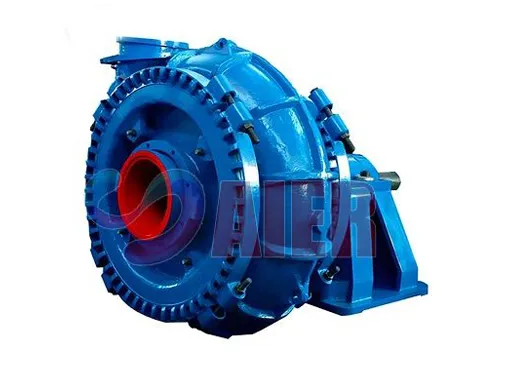Oct . 05, 2024 05:59 Back to list
Strategies for Enhancing Sealing Performance in Slurry Pumps for Improved Efficiency and Longevity
Understanding Slurry Pump Seals Importance and Selection Criteria
Slurry pumps are pivotal in various industries, particularly those involved in mining, wastewater treatment, and chemical processing. These pumps are specifically designed to handle abrasive and viscous materials, which often contain solid particles. One of the critical components of a slurry pump is its seal system, which plays an essential role in ensuring efficiency and longevity.
The primary function of a slurry pump seal is to prevent the leakage of slurry and protect the internal mechanisms of the pump from abrasive materials
. The seals must withstand harsh operating conditions, including high pressures, extreme temperatures, and the corrosive nature of the slurries they handle. Choosing the right type of seal is crucial for optimal pump performance and reliability.There are several types of seals used in slurry pumps, each with its advantages and disadvantages. The most common types include mechanical seals, packing seals, and lip seals. Mechanical seals are popular due to their ability to provide reliable sealing under high pressure and temperature conditions. They are also effective in preventing wear and tear, extending the lifespan of the pump. However, they often require proper installation and maintenance, which can be a drawback in some situations.
Packing seals, on the other hand, are simpler and traditionally used in various applications. They consist of braided materials that are compressed against the pump shaft to create a seal. While they are easier to install and maintain, packing seals can lead to leakage and require regular adjustments to maintain their effectiveness, which may not be suitable for all slurry applications.
slurry pump seal

Lip seals, made from elastomeric materials, are designed to accommodate specific radial and axial movements of the pump shaft. They are less common in heavy-duty applications like slurry pumps but can provide a satisfactory solution in certain less demanding environments.
When selecting a slurry pump seal, several factors must be considered. First, the type of slurry being pumped—its viscosity, temperature, and presence of abrasives—will significantly influence the choice of seal. The operating conditions, such as pressure fluctuations and the potential for dry running, are also critical in determining the most suitable seal type.
Moreover, the sealing materials themselves are vital. For example, hard materials like tungsten carbide can withstand more abrasion but may become brittle under extreme conditions. Conversely, softer materials can provide better flexibility but might wear out more quickly. Thus, a balance between durability and flexibility must be achieved.
Regular maintenance and monitoring of the pump seal are essential for ensuring optimal performance. Worn seals can lead to catastrophic pump failures, increased downtime, and costly repairs. Therefore, routine inspections and timely replacements will help in sustaining the efficiency of slurry pumps.
In summary, understanding slurry pump seals is crucial for maintaining the effectiveness and longevity of slurry pumps. By carefully selecting the appropriate seal type and materials based on the specific application and operating conditions, industries can minimize downtime and improve operational efficiency. The investment in the right sealing technology ultimately pays off in enhanced performance and reduced maintenance costs.
-
High Quality Slurry Pump Seals Reliable China Suppliers & Manufacturers
NewsJun.24,2025
-
High Quality Portable Submersible Slurry Pump Supplier & Manufacturer from China
NewsJun.10,2025
-
Slurry Pump Parts Manufacturer – High Quality Rubber Spare Parts from China
NewsJun.10,2025
-
High Quality 1/3 HP Submersible Sump Pump with Vertical - Reliable Supplier & Factory Price
NewsJun.10,2025
-
High-Efficiency Centrifugal Slurry Pumps India
NewsJun.10,2025
-
High Quality Warman Centrifugal Slurry Pump Suppliers & Factory
NewsJun.10,2025
